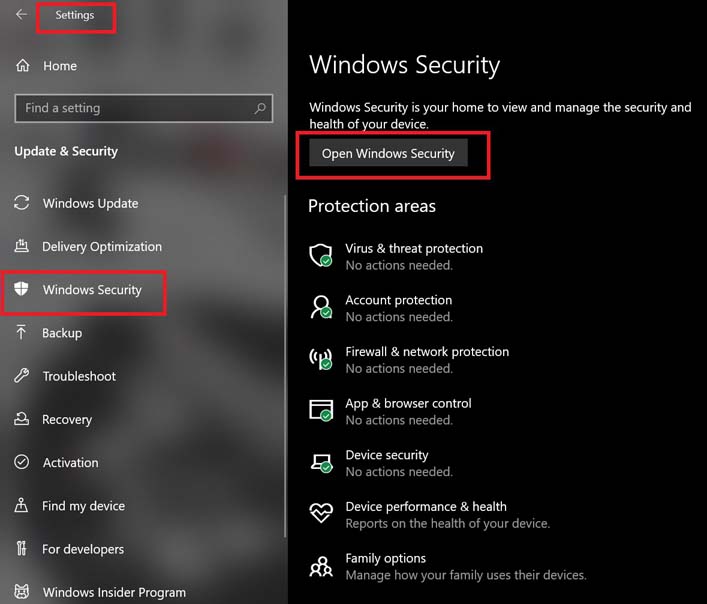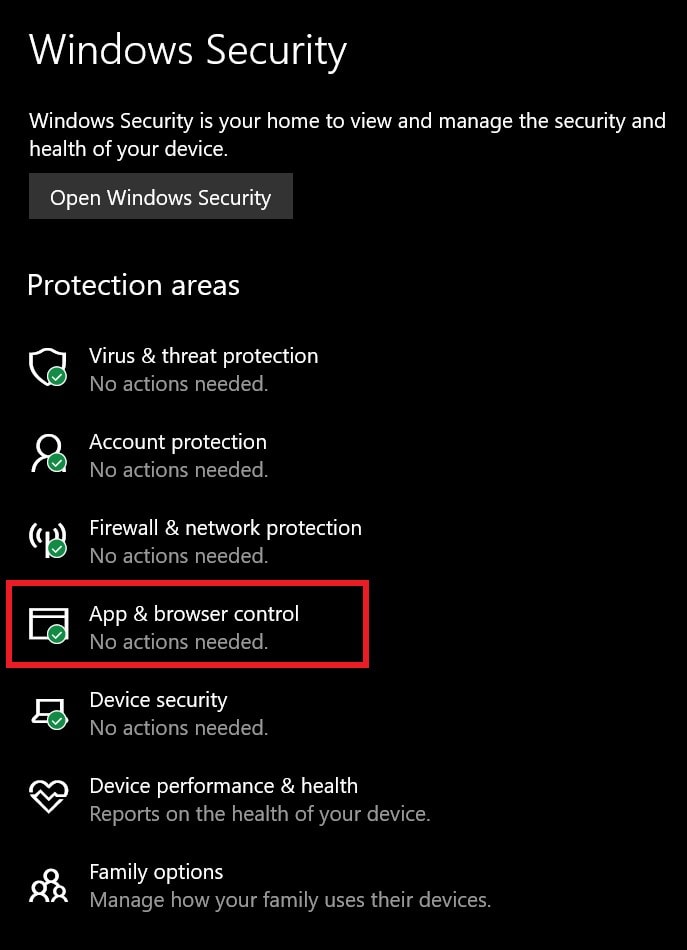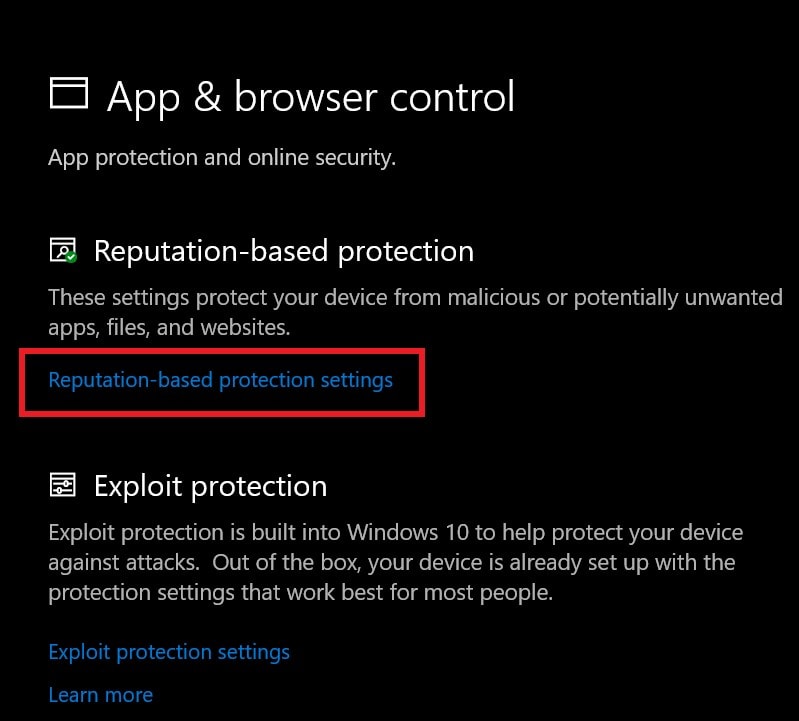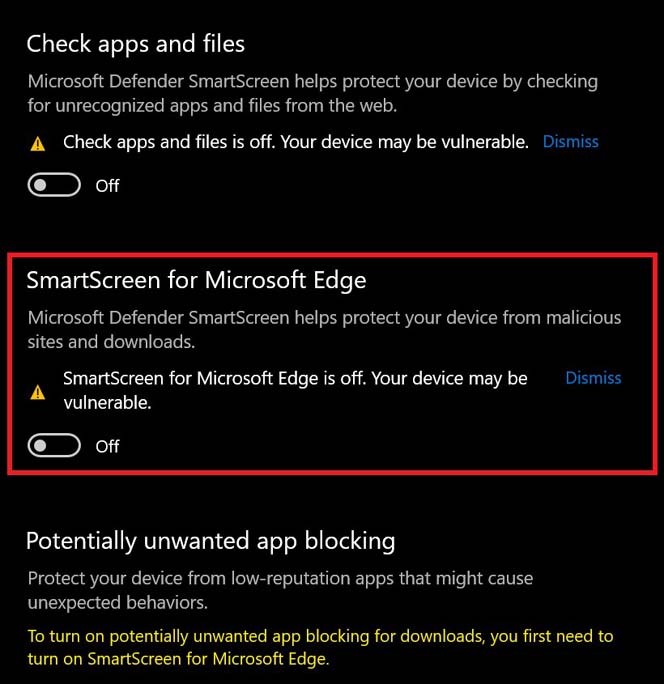Windows OS offers an inbuilt security mechanism called Windows SmartScreen to protect its computers from running unknown apps and services on a PC. This is usually done to protect a computer from these apps which Windows consider as potentially malicious. Normally a layman computer user may not have that much knowledge and he can install any app or service from the internet. So, to keep the PC safe from malware attacks, Windows smart screen blocks the suspicious apps from installing/running.
In this guide, I have explained in detail about Windows SmartScreen. Normally, this feature runs in the background almost all the time keeping a vigil on harmful apps that may get installed. In that process, it consumes the hardware resources of your PC. Some users complain that it affects the working of other apps on a PC resulting in the app slowing down, hanging, or even crashing. That’s not true though. Let’s continue through the guide and understand how actually this feature works.
Page Contents
How Does Windows SmartScreen Works
Lets us understand the mechanism of this useful security feature of Windows OS. Microsoft server has a repository of various well-known apps that people install and use all over the world. As I mentioned round the clock Windows SmartScreen runs actively on the computer.
When an app is not listed on this database and tries to run on Windows PC, then SmartScreen blocks the app and warns the user. Still, you as a user have all the power to decide whether you will allow that app to run on your Windows computer or not. If you think the app or service is safe to install and run on your computer, then you can whitelist the app and run it.
Does Windows SmartScreen High Causes High CPU Usage?
Mostly the users who have a PC with minimal hardware setup may face a loss of battery power and high CPU usage and other issues like app lagging or crashing. Sometimes malware presence may also cause the system to slow down. That may even cause the entire device to work slowly. It’s a misconception that SmartScreen consumes a major percentage of battery and processing capacity.
Another reason for the sluggish performance of your PC can be caused by low storage space. So, you need to check for that. I don’t suggest disabling the Windows SmartScreen as it shields your computer against malware carrying apps. Instead, try to run any legit anti-virus program and run a check on your PC. Also, if the PC is running out of storage space, then delete the files you font need anymore and uninstall the apps you don’t use.
Whitelisting A Blocked App
Let’s say you are trying to install an app and SmartScreen blocked it because it did not found it in the database of Microsoft’s trusted apps. You can manually allow the app to run. This is usually referred to as whitelisting an app or plugin.
- Right-click on the App
- Scroll down to Properties
- Then under the General tab click and uncheck the checkbox Unblock
This will unblock the app. However, only do it when you are sure that the app is safe to install and use. Try to scan the app executable file or other files in its folder using your Anti-virus. This will ensure that your PC will be safe even after running the app.
Is It Possible to Disable Windows SmartScreen?
Once again, I must warn you that this is an in-built service from Microsoft that protects your PC from malware. So, it is not wise to disable it. Allow it to run every time in the background when you use your computer. It does consume some resources of your memory and processing unit but it’s not significant enough to cause system slowdown or any other technical snag.
Anyway, if for any reason you may need to disable the Windows SmartScreen. Then here is the guide for you.
- Press Windows + I to launch the Settings of the Windows OS
- Then click Update & Security
- On the left-hand panel click on Windows Security

- Then click on Open Windows Security you see on the enter of the screen
- Click on App & Browser Control

- Now click on the option Reputation-based Protection system

- Then click on the switch below Check Apps & Files to disable it
- Once again scroll down and disable the option SmartScreen for Microsoft Edge

You will see a warning message that as these inbuilt security mechanisms have been disabled and the device may be vulnerable to virus and malware.
That’s all about the Windows SmartScreen feature and now you know how useful it is for your computer’s safety. So, don’t disable it. Rather, follow this guide to manually whitelist an app if you know the app is from a legit source.
